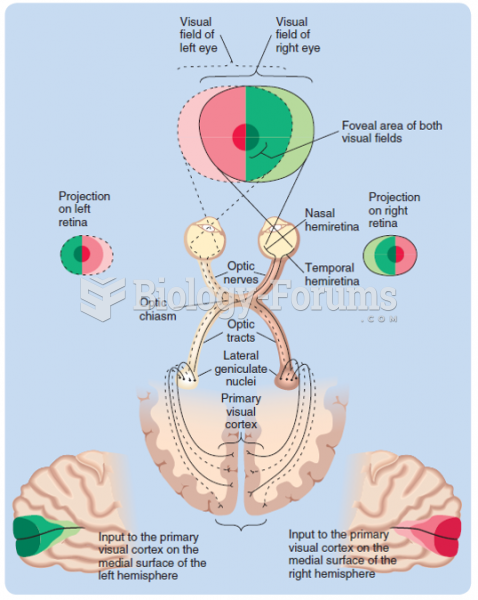This topic contains a solution. Click here to go to the answer
|
|
|
Did you know?
Alzheimer's disease affects only about 10% of people older than 65 years of age. Most forms of decreased mental function and dementia are caused by disuse (letting the mind get lazy).
Did you know?
By definition, when a medication is administered intravenously, its bioavailability is 100%.
Did you know?
About 3% of all pregnant women will give birth to twins, which is an increase in rate of nearly 60% since the early 1980s.
Did you know?
Autoimmune diseases occur when the immune system destroys its own healthy tissues. When this occurs, white blood cells cannot distinguish between pathogens and normal cells.
Did you know?
Fungal nail infections account for up to 30% of all skin infections. They affect 5% of the general population—mostly people over the age of 70.
 The life cycle of the early diverging moss genus, Sphagnum, illustrating reproductive adaptations th
The life cycle of the early diverging moss genus, Sphagnum, illustrating reproductive adaptations th
 Primatologist Volker Sommer and his colleagues showed that langur infanticide had adaptive value and
Primatologist Volker Sommer and his colleagues showed that langur infanticide had adaptive value and




